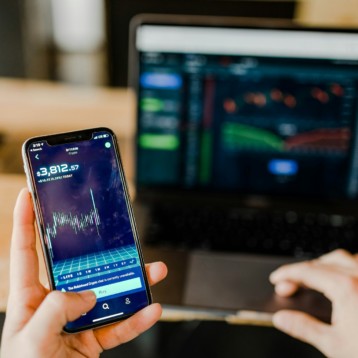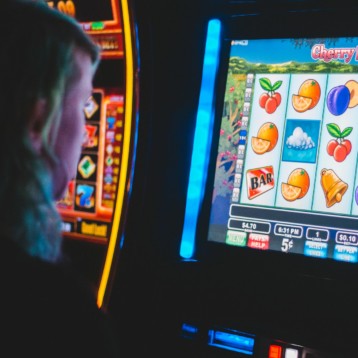Possible Ways How Machine Learning Can Improve Education
The days of transition from manual to machine learning has reckoned with myriad challenges. The machine learning is a subset of artificial intelligence which helps to identify patterns in data to inform algorithms which can make an accurate data-driven prediction. Prolonged interactions with computers enable the computers to learn and adopt a human persona. Computers learn what we are like. Smart algorithms are obtained from large and precise data.
According to experts from essayzoo.org, the machine learning is the new switchboard for higher education. This is the new weapon attacking cancer, climate change and terrorism which are major global challenges. Ideally, in the coming years, learning will remain highly relational for most people.
However, the relationship will increasingly be informed by data due to machine learning in education. In other words, learners and instructors will therefore be nudged and guided by through formally informed recommendations. In regards to this, this article will explore possible ways how machine learning will improve education.
How machine learning improves education
- Customizing learning experience
The entry of machine learning in schools has introduced sanity in new learning approaches and a package of content. The conventional modes of learning with physical books and pamphlets transformed to e-learning. Moreover, the teachers will no longer have to keep the archives of records concerning each student. They no longer have the burden to deliver physical concepts and establish goals to students in the class. The entire bulk of work can be achieved through machines.
The machines enhance the educators to trace and supervise the progress of every student in the class. The teachers can comfortably see and judge how the teachers consume the concepts through the use of technology. Rather than instructing the entire class about particular concepts, the instructors can customize the material to suit every student. For instance, Gooru software can help the teachers to track the progress of every student in the class. Moreover, customize learning through machines may also be essential to restrain the students from learning irrelevant materials distributed to them. This enhances concentration and determination among the learners.
- Student path prediction
Technological advances have created software with a potential prediction on how well a student can excel in curriculum activities. The apps have the potential to predict the chances of a student dropping out from school. Based on the precision and repetitive conduct of the students, the algorithms identify the students’ weaknesses and determine whether the misdemeanor can be subjected to expulsion.
For instance, in case the student has a perennial challenge in writing and time, the software can establish whether the situation is getting serious or not. Students with challenges of mending good proposal can seek the services from essaywriting.com to boost their grades
- Better organization of learning process
The facts that machine learning is a switchboard to higher education, it has the potential of organizing the content and curriculums in a precise and straightforward way. This makes the learning process in college to be modified and straightforward. The machines have the potential to analyze and establish which concepts are better understood by the students alongside modern techniques. In other words, the learning process becomes easier even for the less fortunate students who are not exposed to hardships. The learners are only exposed to what are important concerning their career.
- Exclusive grading system
The relationship between the instructor and the students can sometimes jeopardize the performance and final grades of the students. It is discouraging and heartbreaking to continue being in a class where you can hardly post good grades despite the efforts to improve. However, the use of machines will enhance transparency and accountability in the grading system. The students’ scores and grades will no longer be affected by the conceived attitudes of the instructor towards the students. The score will portray an outright performance of the students and not the subjective allocation of grades based on the relationship and differences between the student and the educator.
The innovation of Turnitin has helped the student to handle and improve their work before submitting the final copy. The draft work can get preliminary grades before the instructor makes final comments. Precisely, the student learns to understand his or her mistakes and edit the text to make a superb submission.
- Matching students and teachers
Occasionally, getting access to tutors for consultation services may be challenging. In some cases, the students themselves may shy away from confronting the instructors to discuss their challenges. Scheduling appointments to meet the professors within their tight and busy schedules may discourage the moral and spirit of the students. Machine learning has developed software purposely to match the students with an exceptional need for available teachers.
The new classrooms strive to open a personalized schedule for students based on their academic demands and pace of learning. It relieves the students from pressure and depression of scheduling and creating a platform for the meeting. The programs promote the cult of learning as it makes the learner to study with minimal struggle
Negative impacts of machine learning on education
Though the machine learning and artificial intelligence is advancing rapidly in the market, the field has drawn little attention to their impacts on public policy and employment. The artificial intelligence has promoted laziness and reduced vigor and vehemence of learning the culture. Convention learning model promotes determination since the content is genuinely hidden the lines. However, with the machines learning, the resources are organized and simplified into a refined model.











